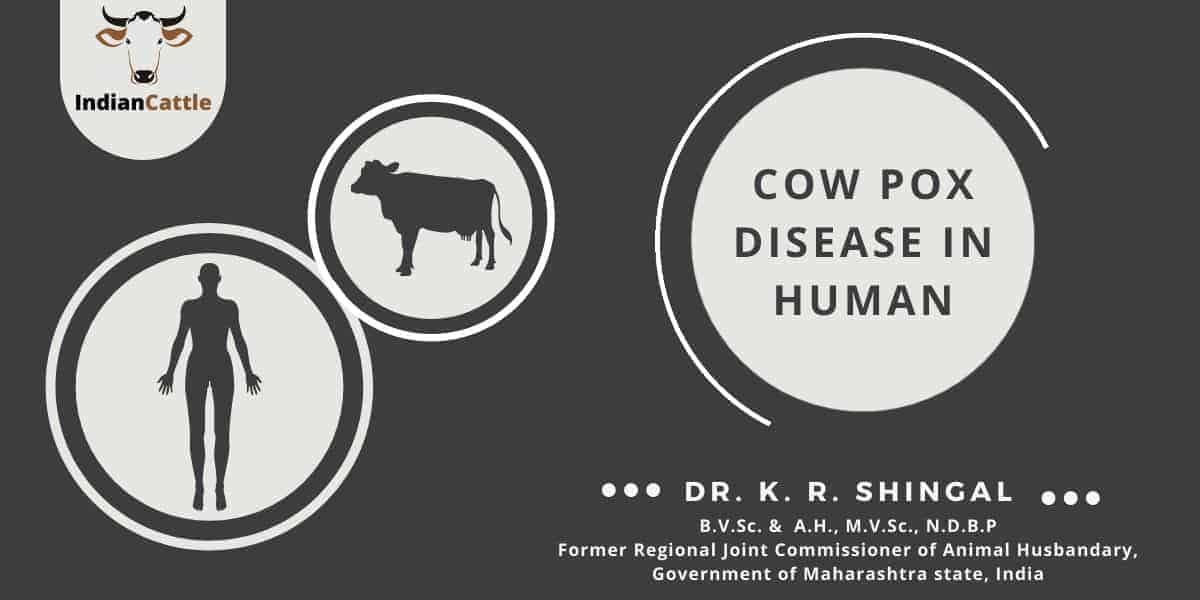
Cowpox Disease in Human
What is Cowpox Disease?
Cowpox is a viral skin infection caused by the cow or cat pox viruses belonging to the orthopoxvirus family, which includes the variola virus that causes smallpox in humans. Cowpox is similar to but much milder than the highly contagious and sometimes deadly smallpox disease. Cowpox should also not be confused with Cowpock, which is an alternate name for milker’s nodules caused by the Parapox virus affecting bovine teat.
Epidemiology:
Back in 1770, an English farmer discovered that dairy maids that had contracted and recovered from cowpox not only became immune to cowpox, but also to more serious small pox. In 1796 English physician Dr. Edward Jenner used the cowpox lesion exudate to inoculate a patient to prevent small pox, which is regarded as the first successful vaccination attempt.
Nowadays, Cowpox is recorded less frequently in India. Since small pox is eliminated from human population in India and vaccination is not being carried out, young generation workers might contract pock-like lesions when diseased cows are milked.
Clinical Signs:
Most human cases of Cowpox disease appeared as one or a small number of pus–like lesions of the hands and face, which then ulcerate and form a block scab before healings on their own. This process can take up to 12 weeks: The sequence of the lesions are:
- Day 1-6: the site of infection appears as an inflamed macule.
- Day 7-12: the inflamed lesion becomes raised (Papule), then develops into a vesicle.
- Day 13-20: the vesicle becomes filled with blood and pus and eventfully ulcerate. Other lesions may develop close by.
- Weeks 3-6: the ulcerated wound turns into a deep, hard, black crusty, lesion surrounded by redness and swelling.
- Weeks 6-12: The lesion begins to flake and slough and the lesions heals, often leaving a scar.
Other generalized symptoms in cowpox are fever, tiredness, vomiting, sore throat, conjunctivitis, periorbital swelling and corneal lesions have been reported. In some case enlarged painful local lymph nodes may also develop.
Treatment for Cowpox Disease
Since it is a viral self-limiting disease, no treatment is warranted. The human immune response is sufficient to control the infection on its own. The lesions heal by themselves within 6-12 weeks, often patients and left with scars at the site of the healed pox lesions. The patient may feed unwell and required bed rest and supportive therapy. Wound dressings or bandage’s may be applied to legions to prevent spread to other sides and potentially to other people. Patients with underlying skin conditions, such as atopic dermatitis, may be at greater risk of generalized cowpox.
Read more: Diagnosis and Treatment of Downer cow Syndrome
Dr. K. R. Shingal
B.V.Sc. & A.H., M.V.Sc., N.D.B.P
Former Regional Joint Commissioner of Animal Husbandary,
Government of Maharashtra state, India
Email Id: drkrshingal@gmail.com
